Brighter with Herbert.
Category: robotics/AI – Page 617
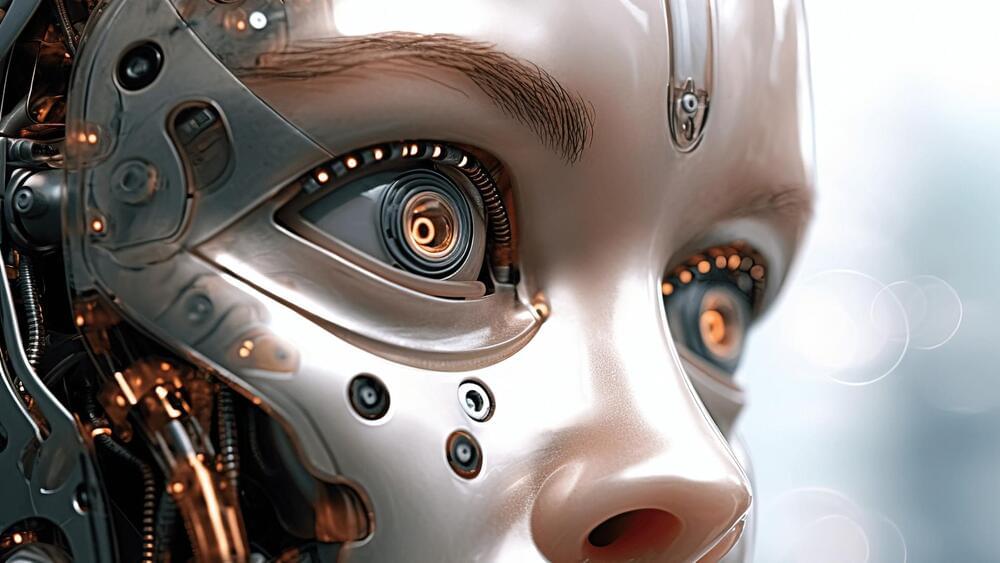
Robot with lab-grown brain developed in China, performs critical tasks
Chinese researchers say their innovation could lead to hybrid human-robot intelligence.
Researchers at China’s Tianjin University and the Southern University of Science and Technology have reportedly developed a robot with a lab-grown artificial brain.
Brain-on-chip technology has been used to train the machine to perform various tasks, according to local media.
Scientists reportedly combined brain organoid with a neural interface chip to power the complex machine. The robot has been trained to easily grip objects and avoid obstacles, according to Tianjin University.
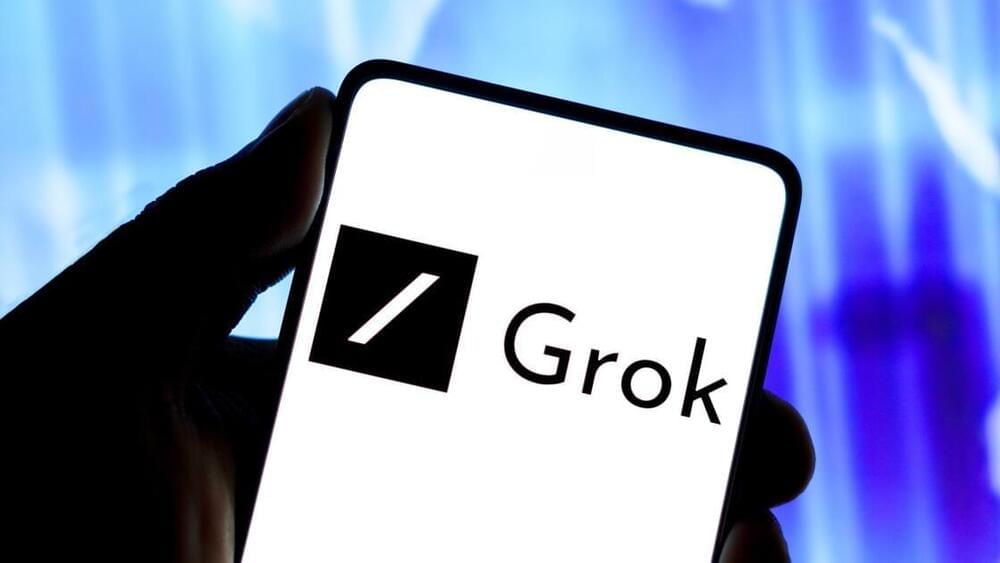
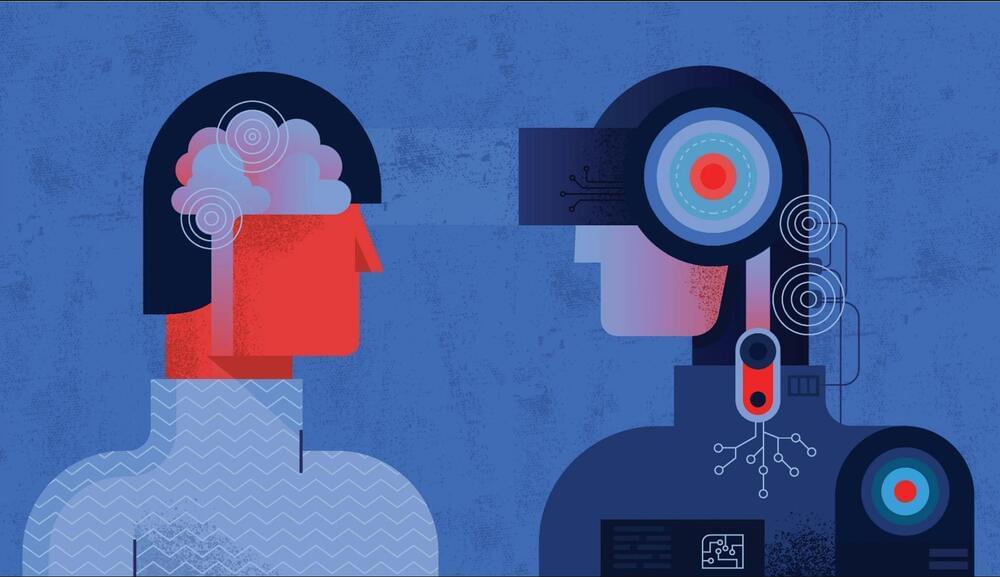
There Could Never Be An Artificial General Intelligence
Richie Etwaru is Co-founder & CEO at Mobeus. He’s also a former CTO, CDO & CIO at Fortune 500 firms in Financial Services and Healthcare.
Although generative artificial intelligence (GenAI) has been making headlines, another of today’s most tantalizing and controversial topics is the concept of artificial general intelligence (AGI). The idea of AGI —a machine with “the ability to understand, learn, and apply knowledge across a wide range of tasks,” much like a human—has captured the imaginations of scientists, entrepreneurs and science fiction writers alike. However, despite the allure of creating such a machine, a growing body of evidence suggests that AGI will never be realized.
Human intelligence is fundamentally collective and constantly evolving. As individuals, we contribute to a vast pool of knowledge that grows exponentially over time. This collective intelligence isn’t merely the sum of all human knowledge but a complex, interconnected web of ideas, insights and innovations that continuously build upon one another. I’m deliberately excluding human instincts from the dialogue, as this requires another article.
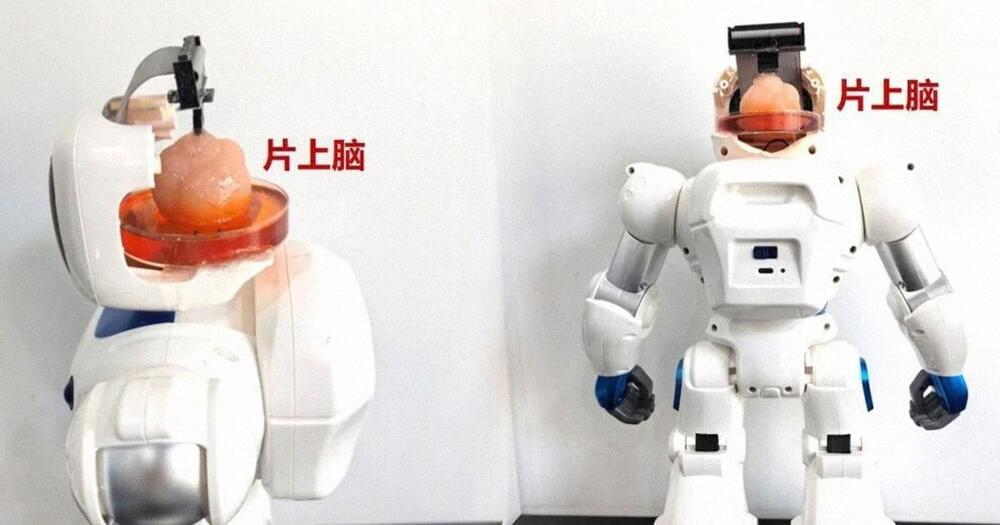
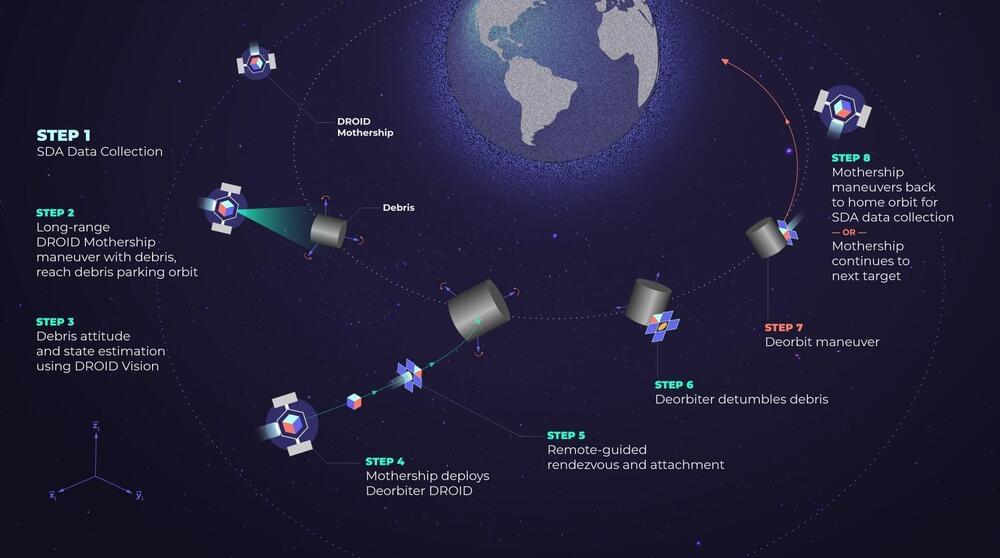
Turion wins Space Force contract for debris-capture technology
WASHINGTON — Turion Space, an Irvine, California-based startup, has secured a $1.9 million contract from SpaceWERX, the U.S. Space Force’s technology arm, to develop an autonomous spacecraft docking and maneuvering system. The contract aims to advance technologies for engaging uncooperative space objects and facilitating the deorbit of inactive satellites.
Ryan Westerdahl, Turion’s co-founder and CEO, said in an interview that the company is focusing on in-space mobility and non-Earth imaging. Turion launched its first satellite, Droid.001, a 32-kilogram spacecraft designed for space situational awareness, in June 2023. Data from this satellite is being integrated into the Space Force’s Unified Data Library.
Westerdahl revealed plans for a demonstration as early as 2026, featuring a Droid mothership hosting “micro-Droid” satellites equipped with the capturing device being developed under the SpaceWERX contract. The micro-Droid, partly funded by NASA, will use grapplers to capture debris objects.
Thermodynamic Computing: Better than Quantum?
Thermodynamic computing has the potential to revolutionize AI and machine learning by harnessing thermal fluctuations for faster, more efficient, and lower power computing systems Questions to inspire discussion What is the future revolution in computing? —The future revolution in computing is harnessing thermal fluctuations for physics-based computing systems.
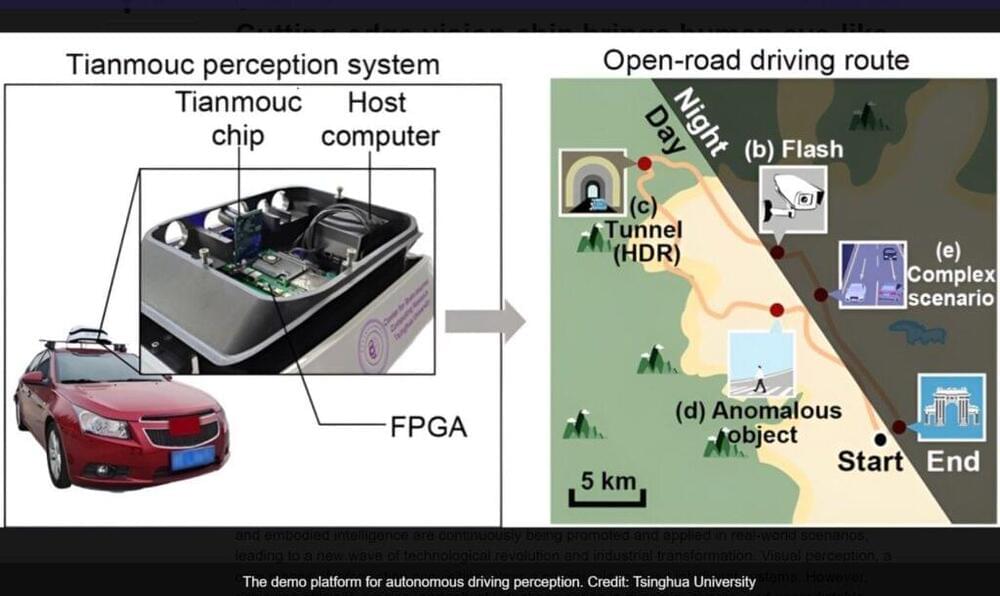
Cutting-Edge Vision Chip brings Human Eye-like Perception to Machines
With the rapid advancement of artificial intelligence, unmanned systems such as autonomous driving and embodied intelligence are continuously being promoted and applied in real-world scenarios, leading to a new wave of technological revolution and industrial transformation. Visual perception, a core means of information acquisition, plays a crucial role in these intelligent systems. However, achieving efficient, precise, and robust visual perception in dynamic, diverse, and unpredictable environments remains an open challenge.
In open-world scenarios, intelligent systems must not only process vast amounts of data but also handle various extreme events, such as sudden dangers, drastic light changes at tunnel entrances, and strong flash interference at night in driving scenarios.
Traditional visual sensing chips, constrained by the “power wall” and “bandwidth wall,” often face issues of distortion, failure, or high latency when dealing with these scenarios, severely impacting the stability and safety of the system.
Tesla’s Humanoid Bot: Affordable Innovation Under $25k
Brighter with Herbert.
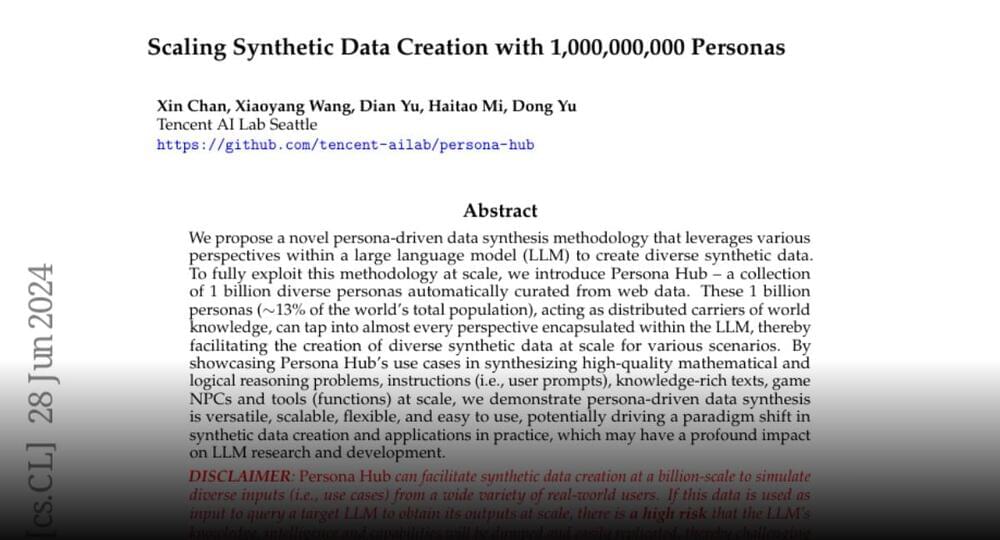
Scaling Synthetic Data Creation with 1,000,000,000 Personas
Xin Chan, Xiaoyang Wang, Dian Yu, Haitao Mi, Dong Yu Tencent AI Lab Science June 2024 https://huggingface.co/papers/2406.
We propose a novel persona-driven data synthesis methodology that leverages various perspectives within a…
Join the discussion on this paper page.